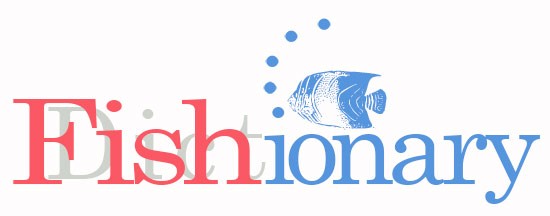Bioluminescence
Bioluminescence is a chemical process by which some fish species can produce their own source of light. They have light producing organs known as photophores. The light is emitted from specialized cells called photocytes or from symbiotic fluorescent bacteria that are cultured by the fish in photophores. Most fish bioluminescence is blue (because blue-green light transmits … [Read more…]
